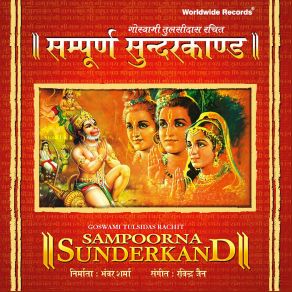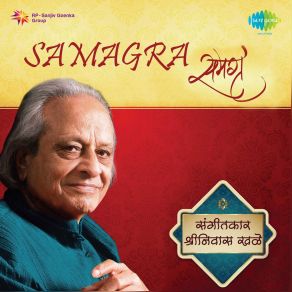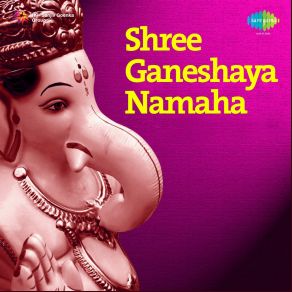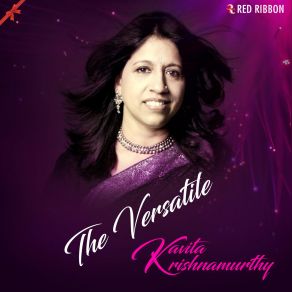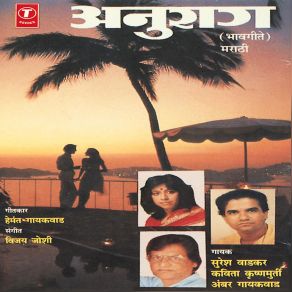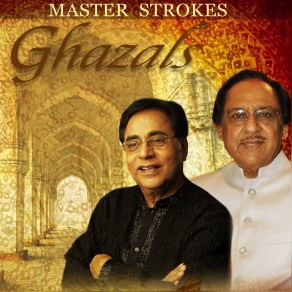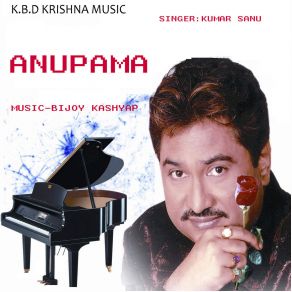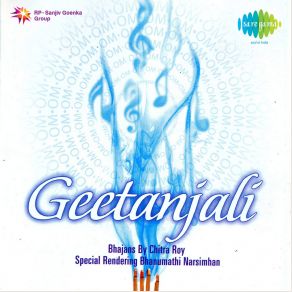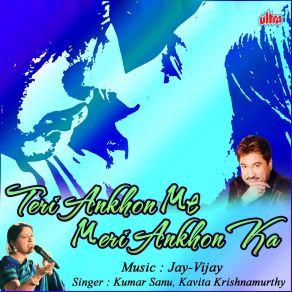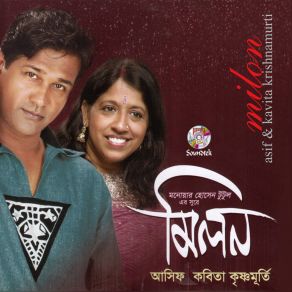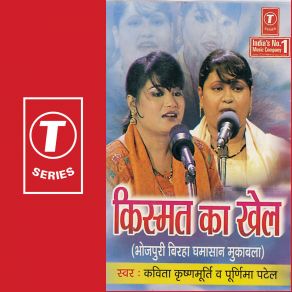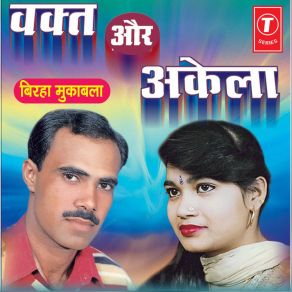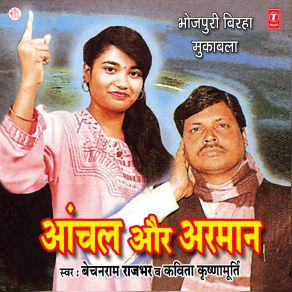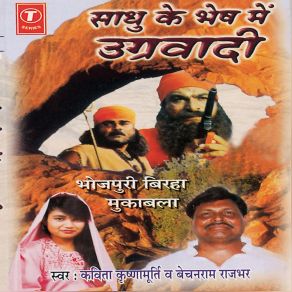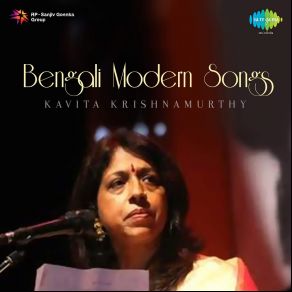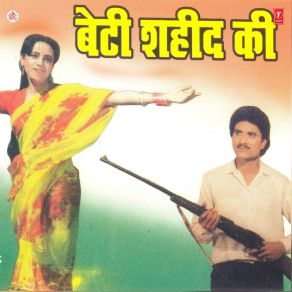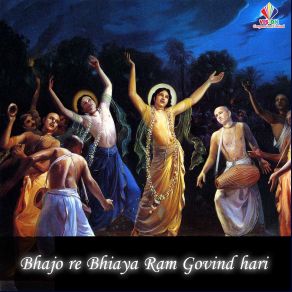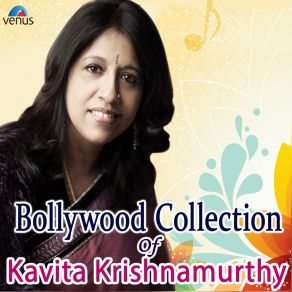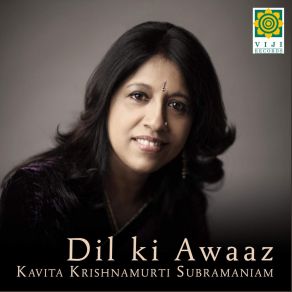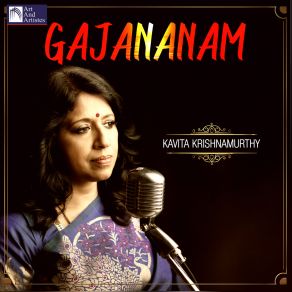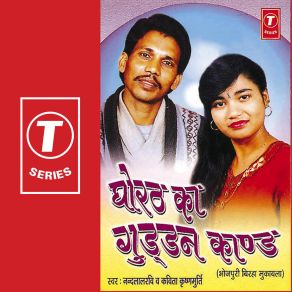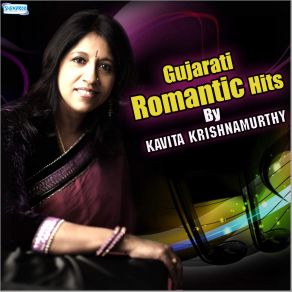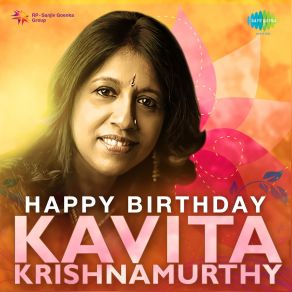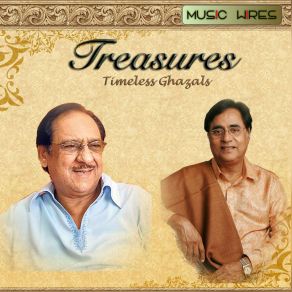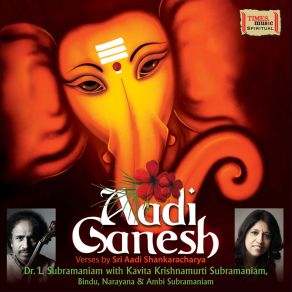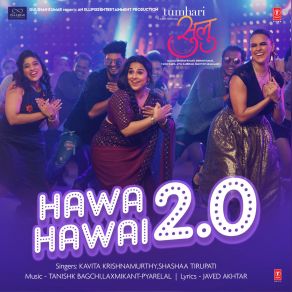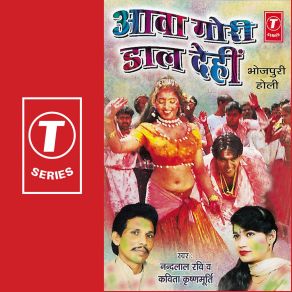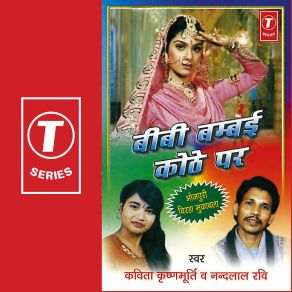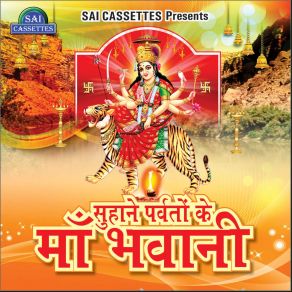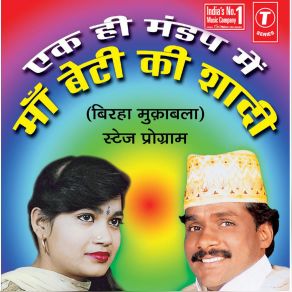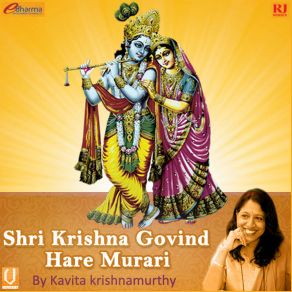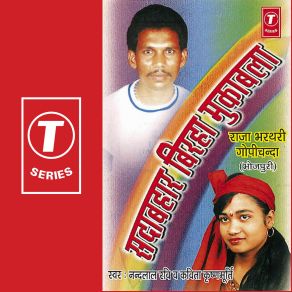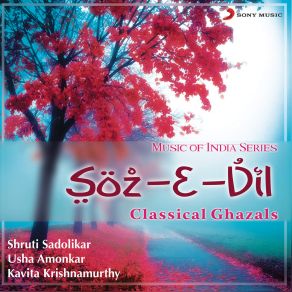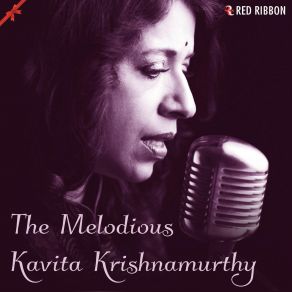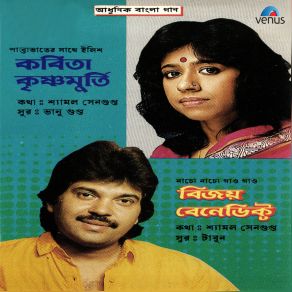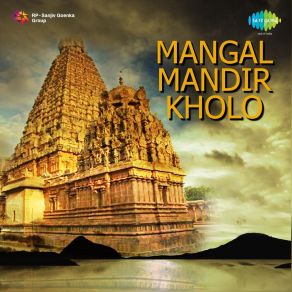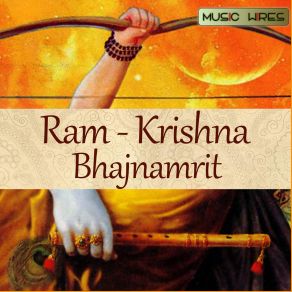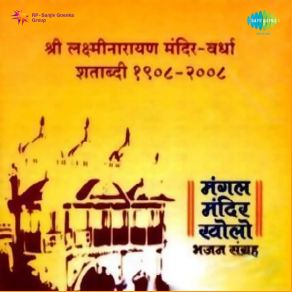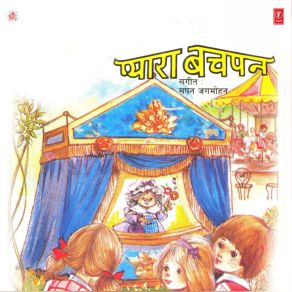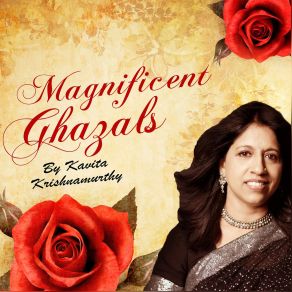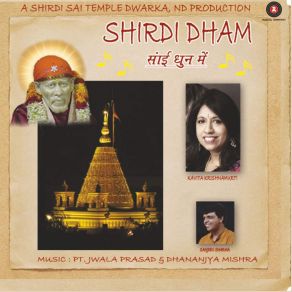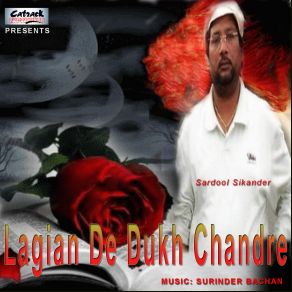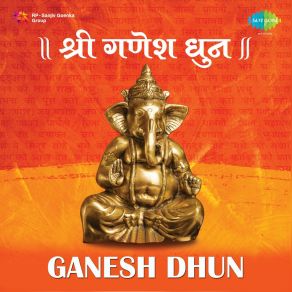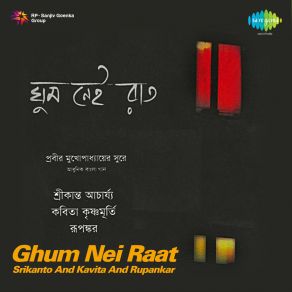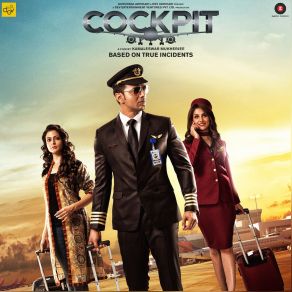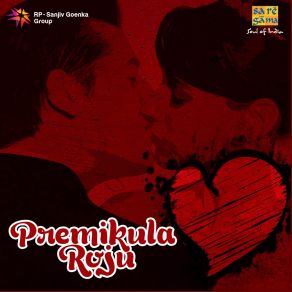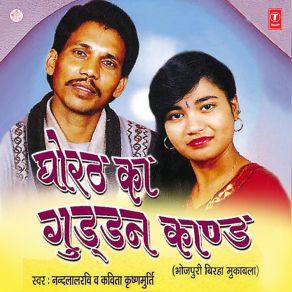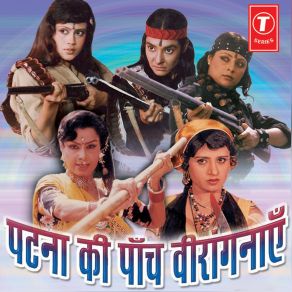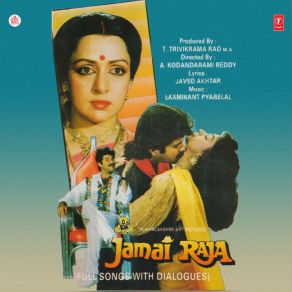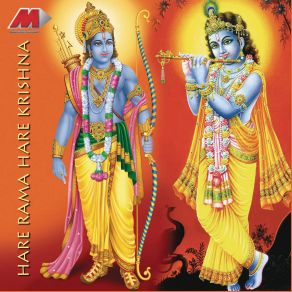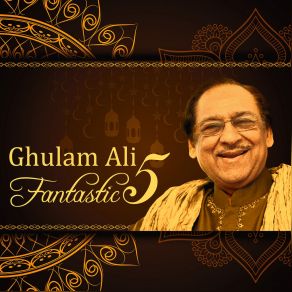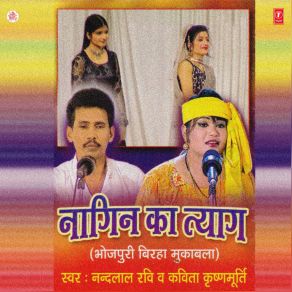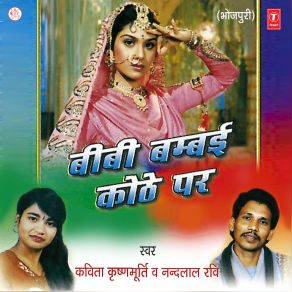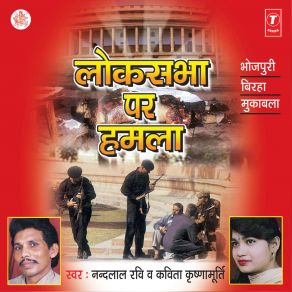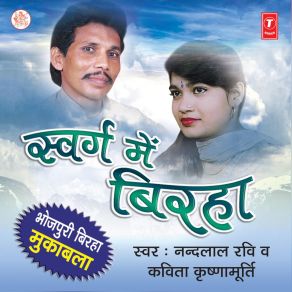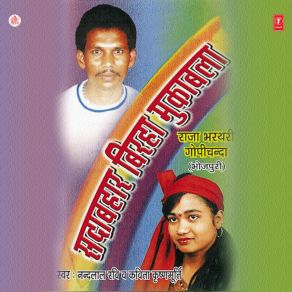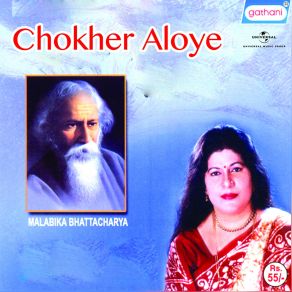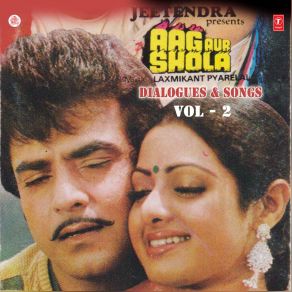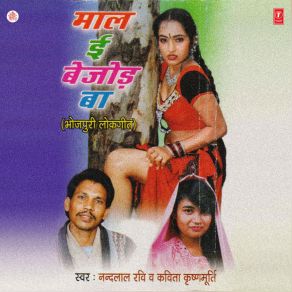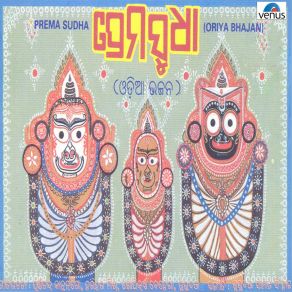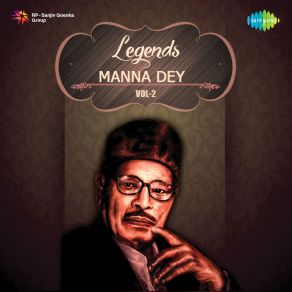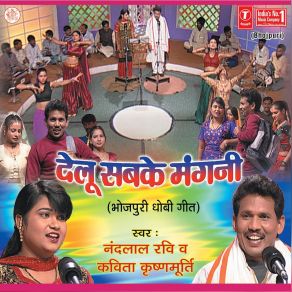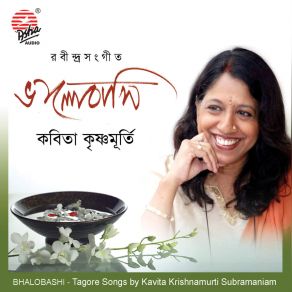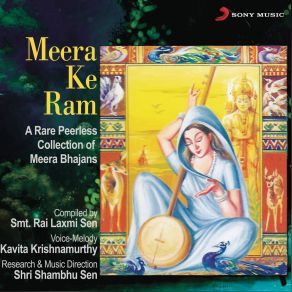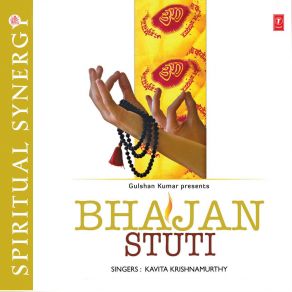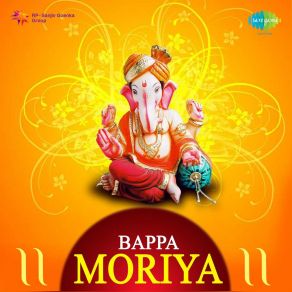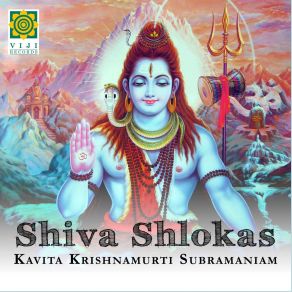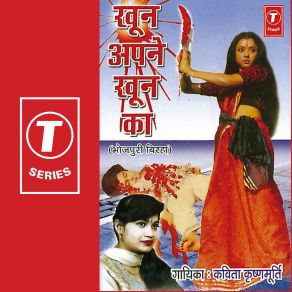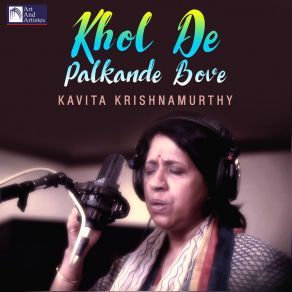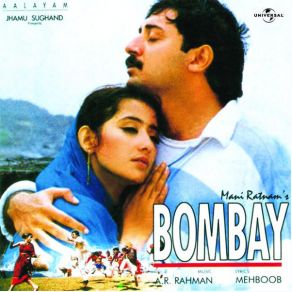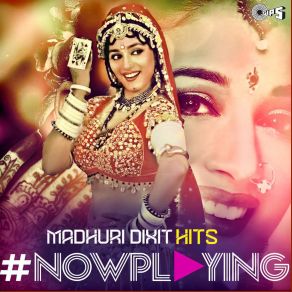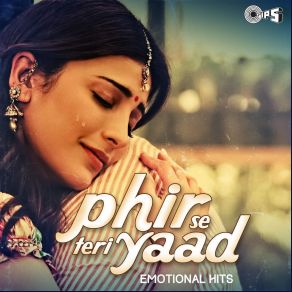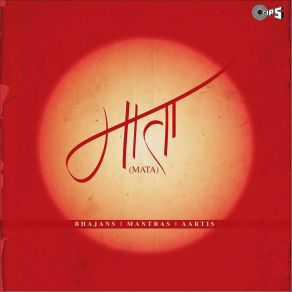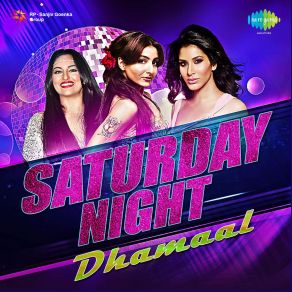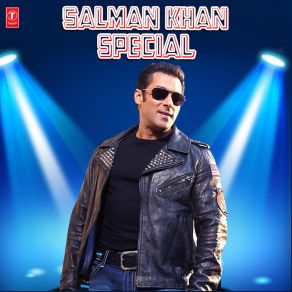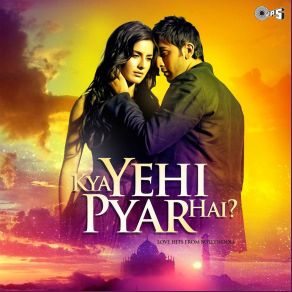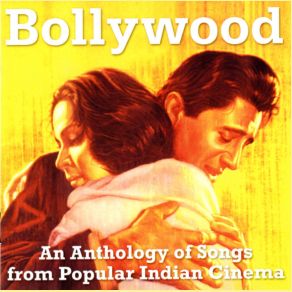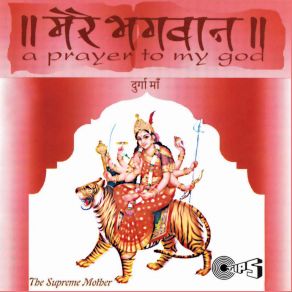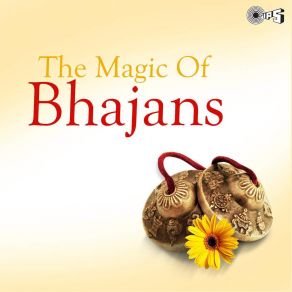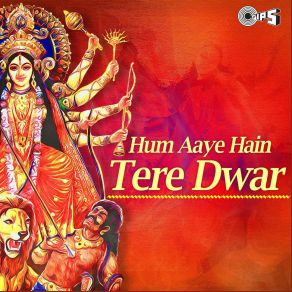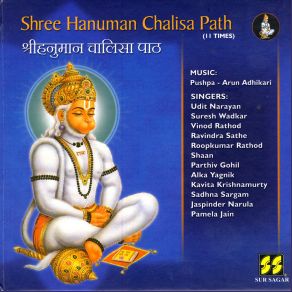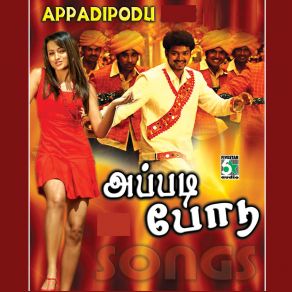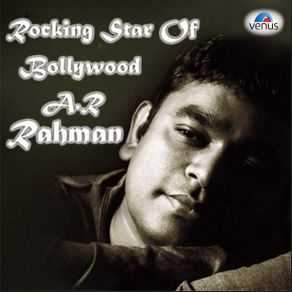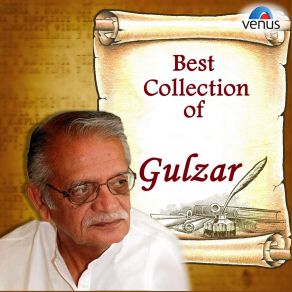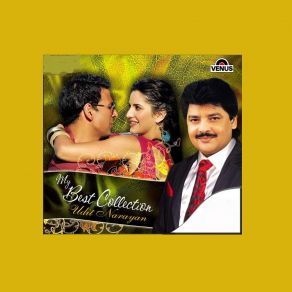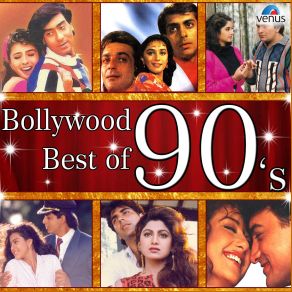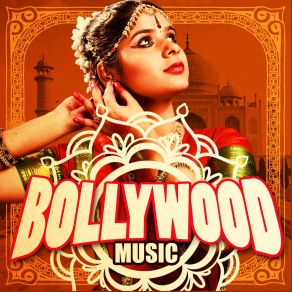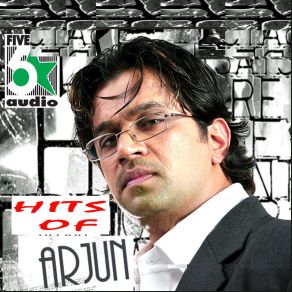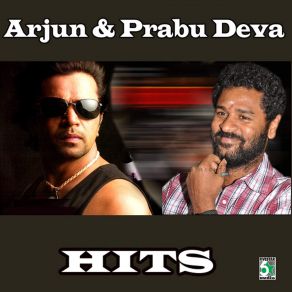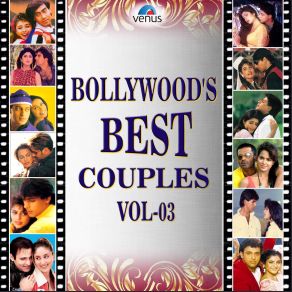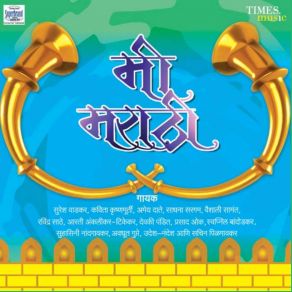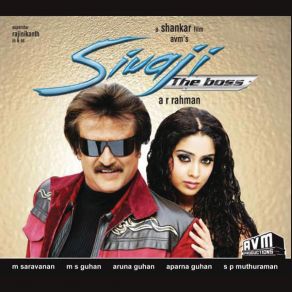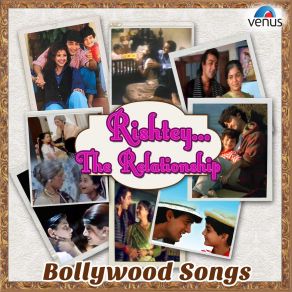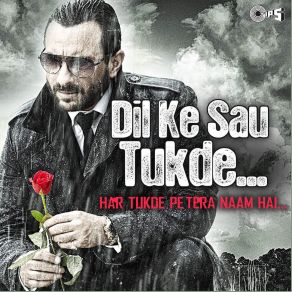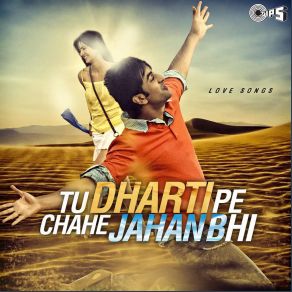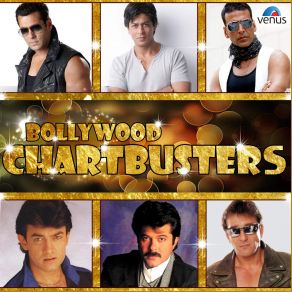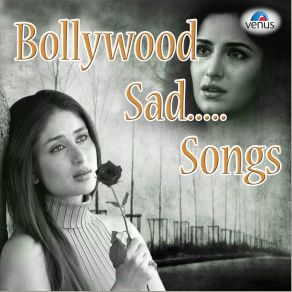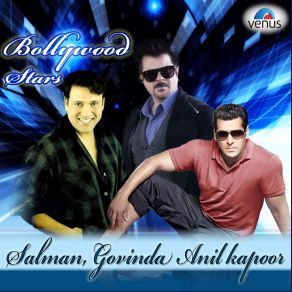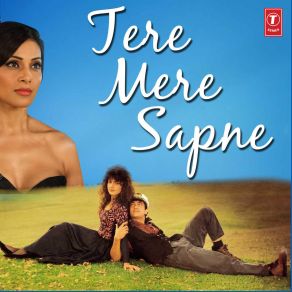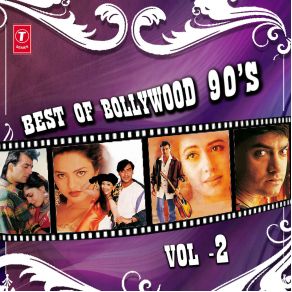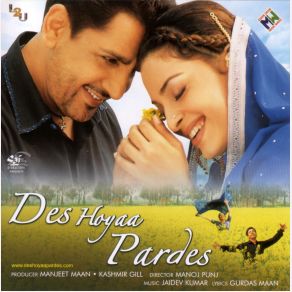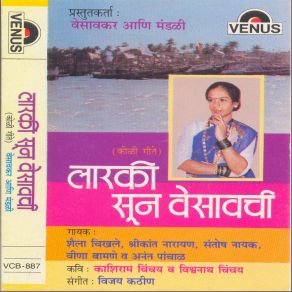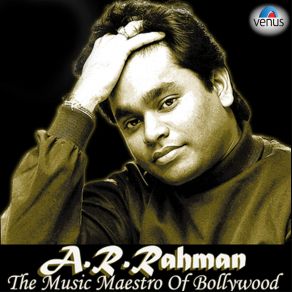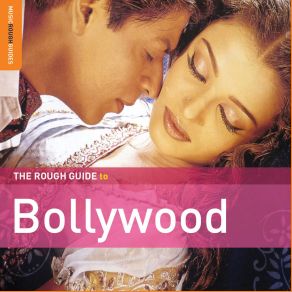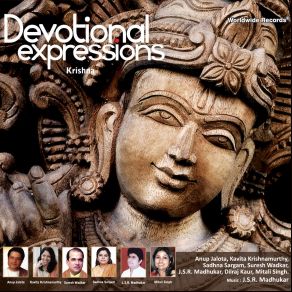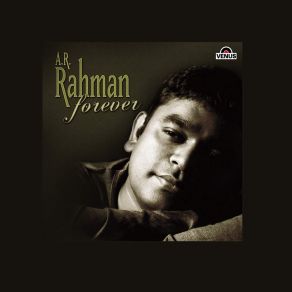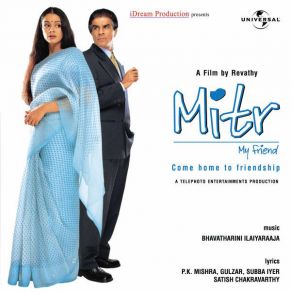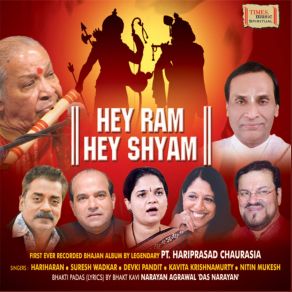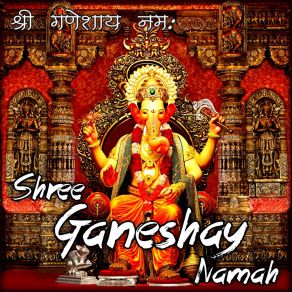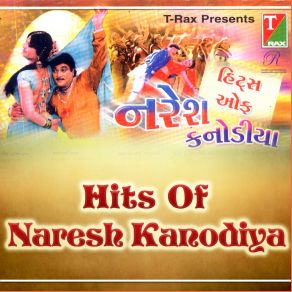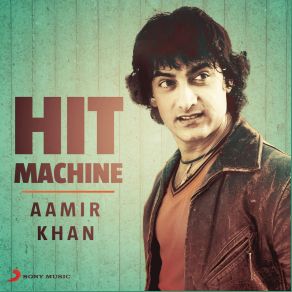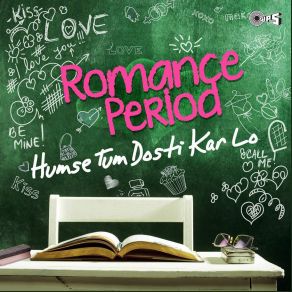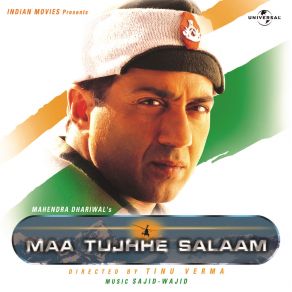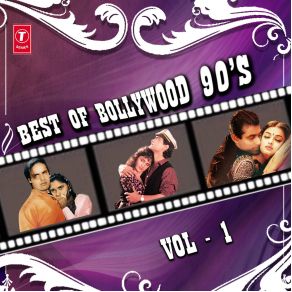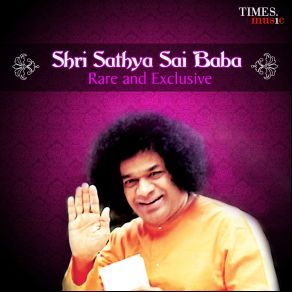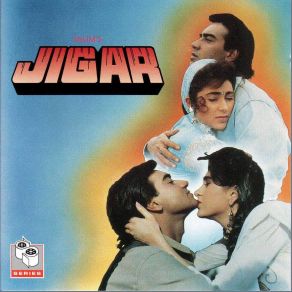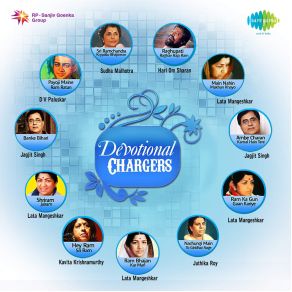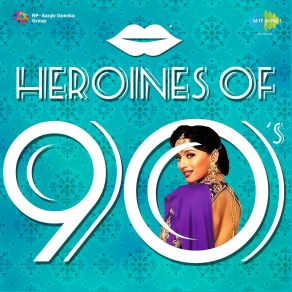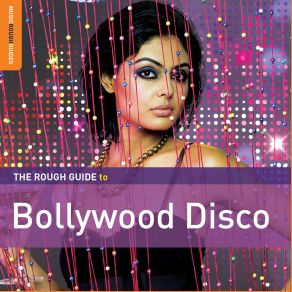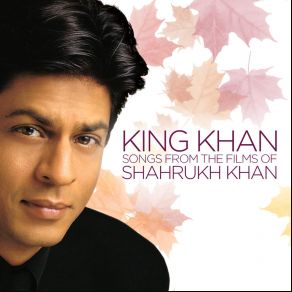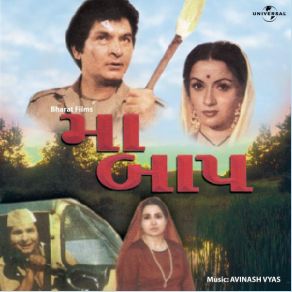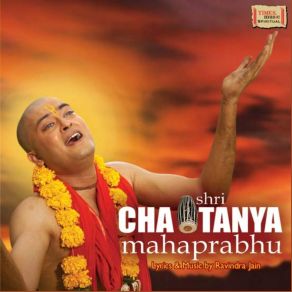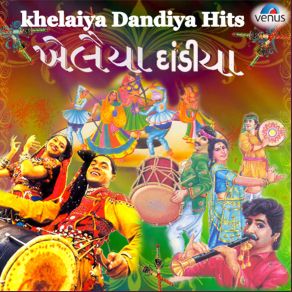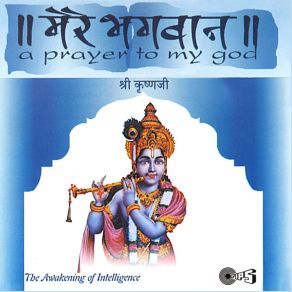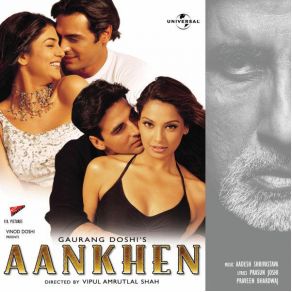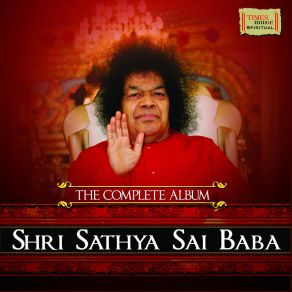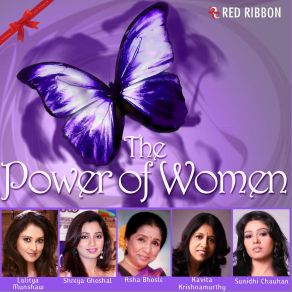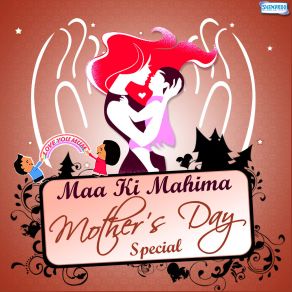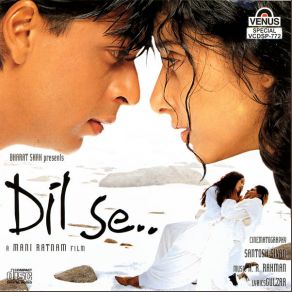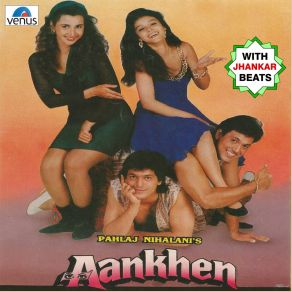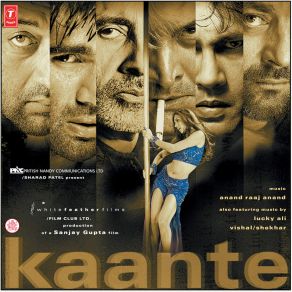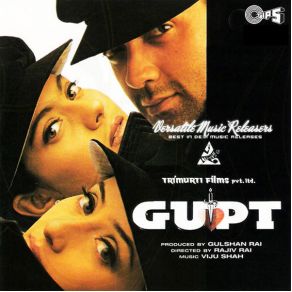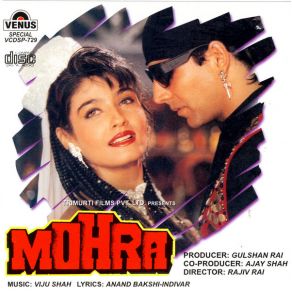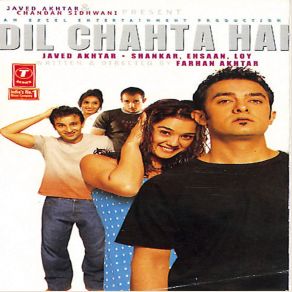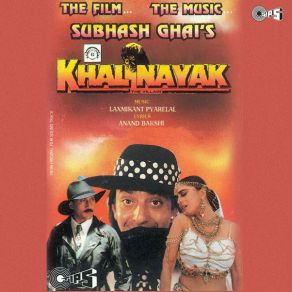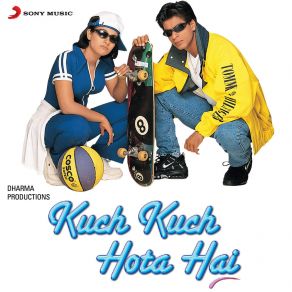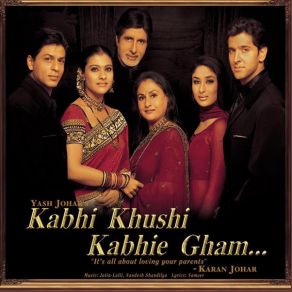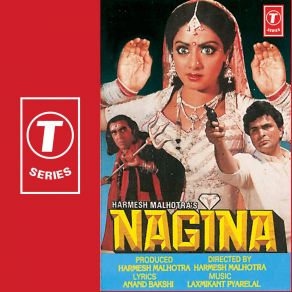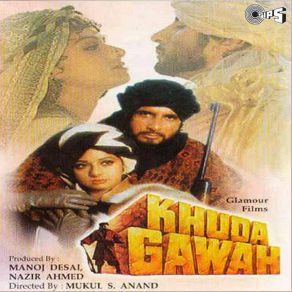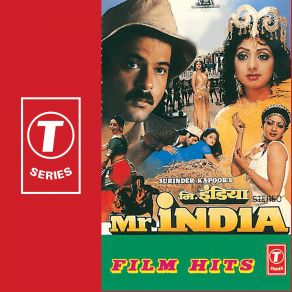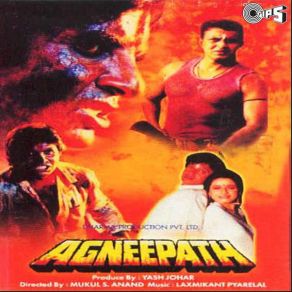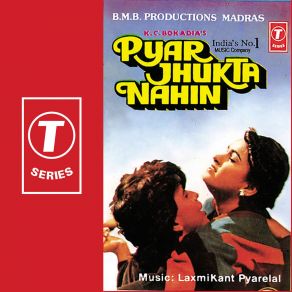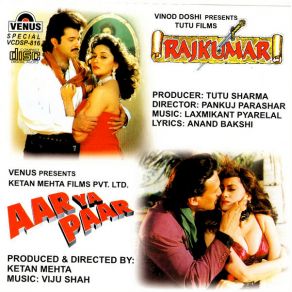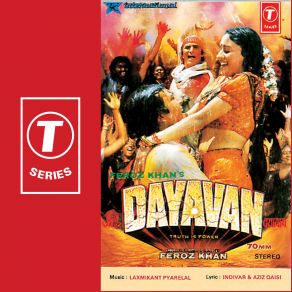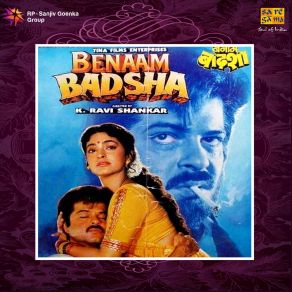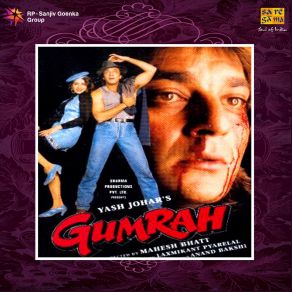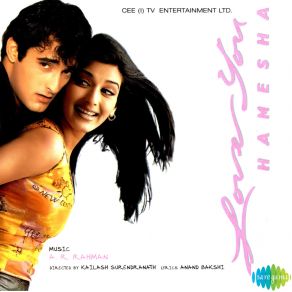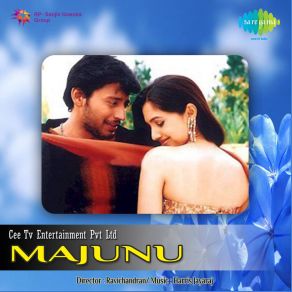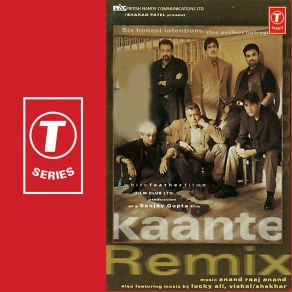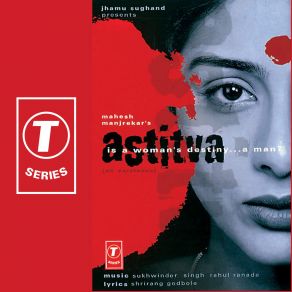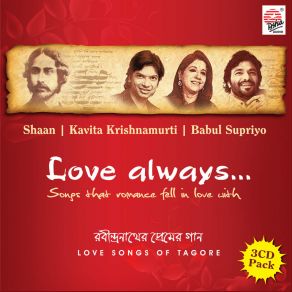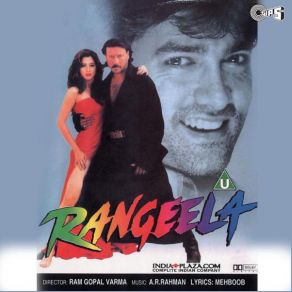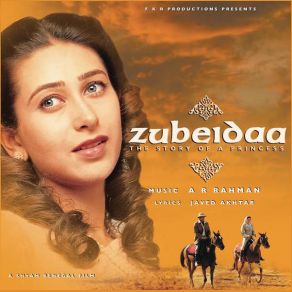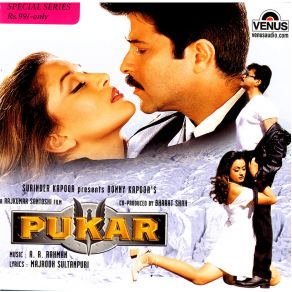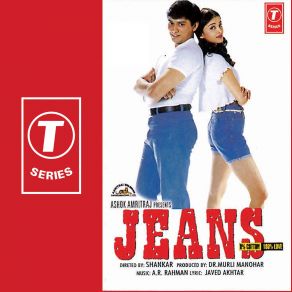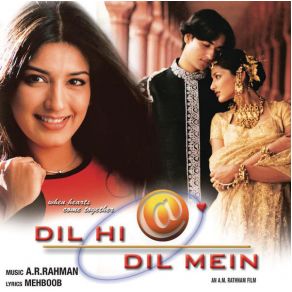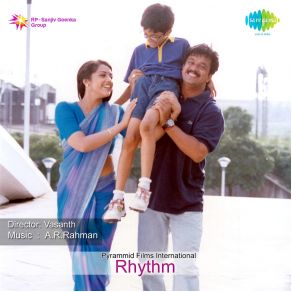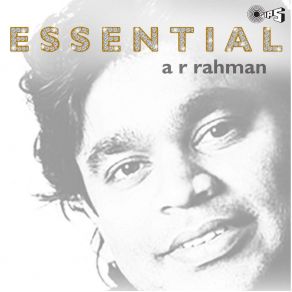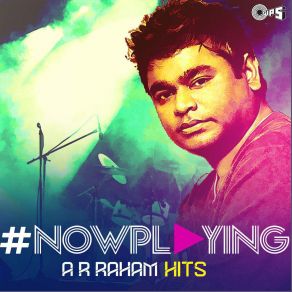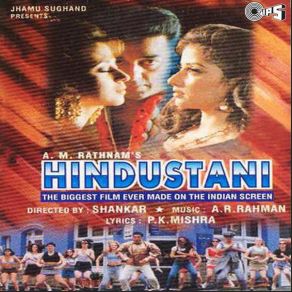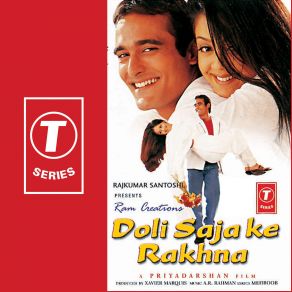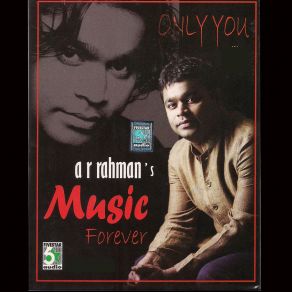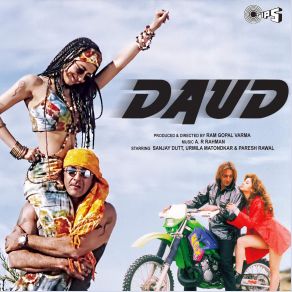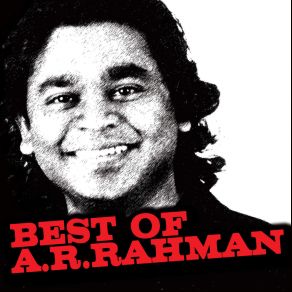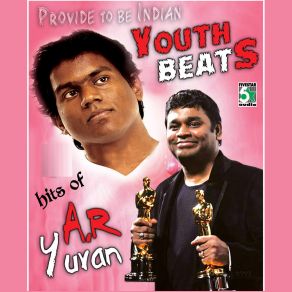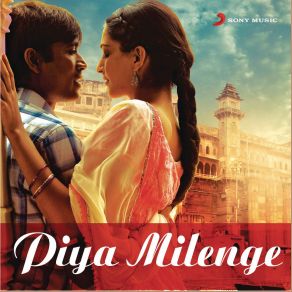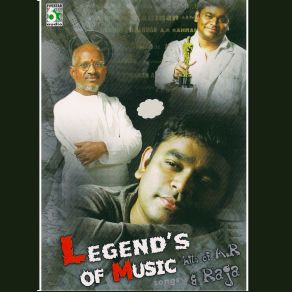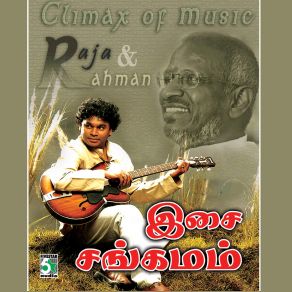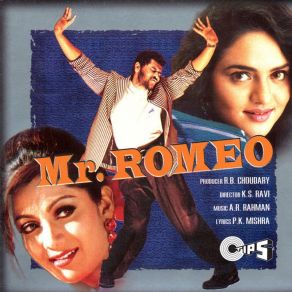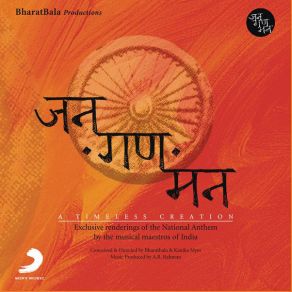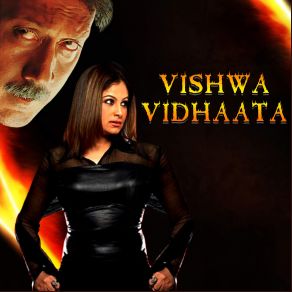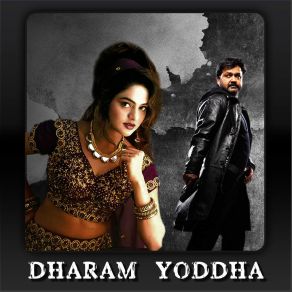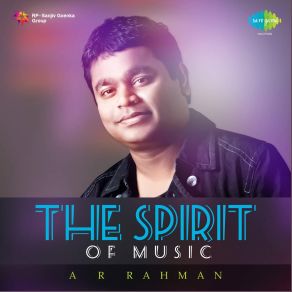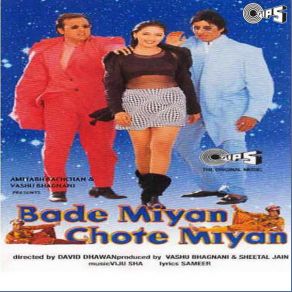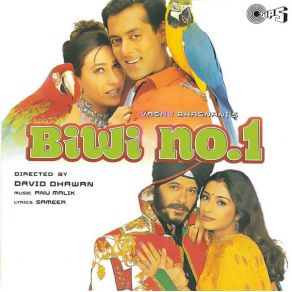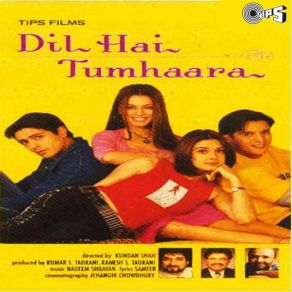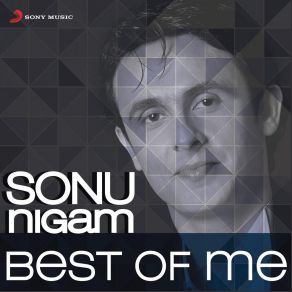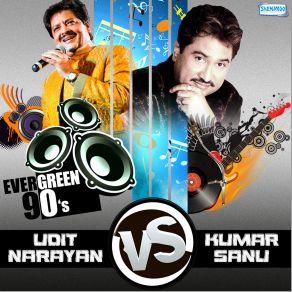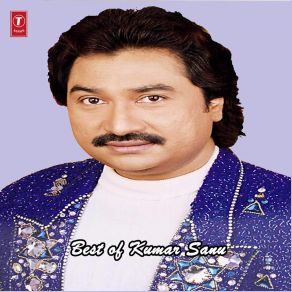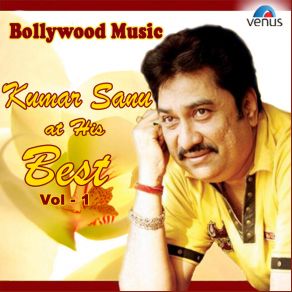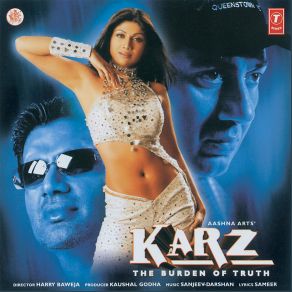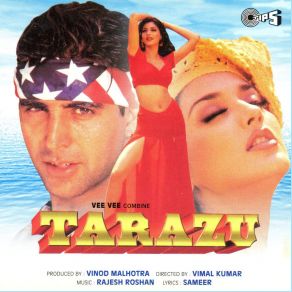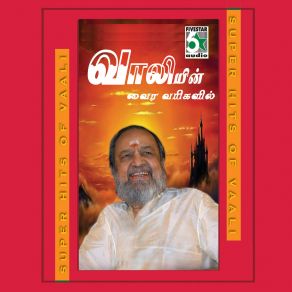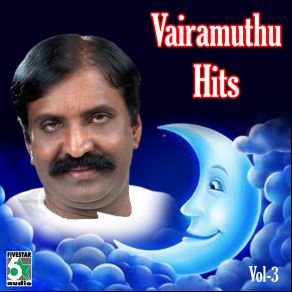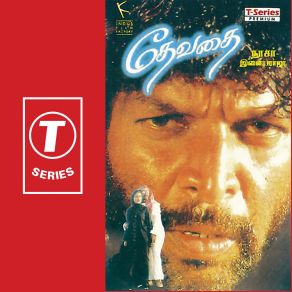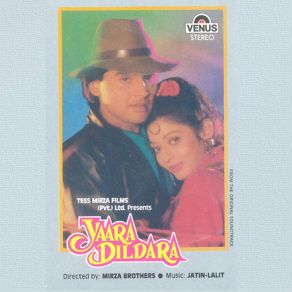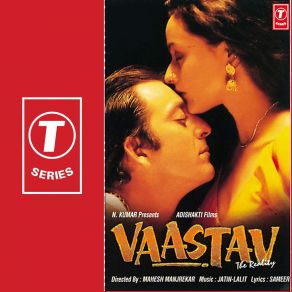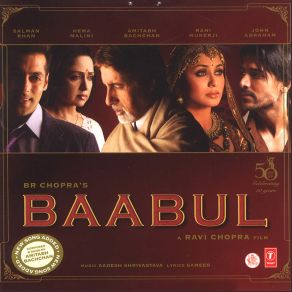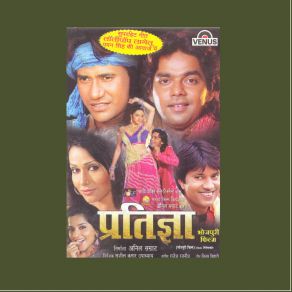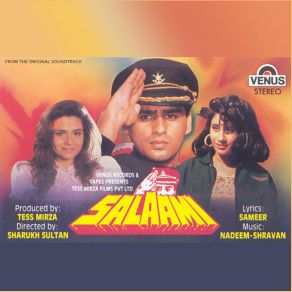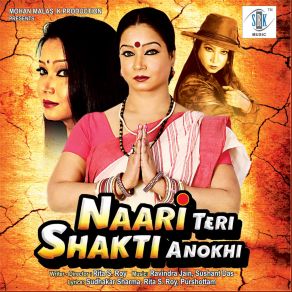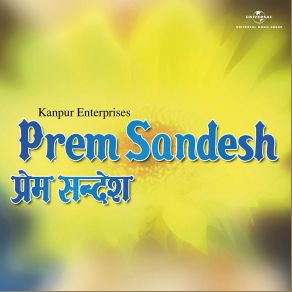Kavita Krishnamurthy
Wikimp3 information about the music of Kavita Krishnamurthy. On our website we have 70 albums and 70 collections of artist Kavita Krishnamurthy. You can find useful information and download songs of this artist. We also know that Kavita Krishnamurthy represents World Music genres.
Biography
[Edit]During the '80s and especially the '90s, Kavita Krishnamurthy (or Krishnamurti, depending on who Anglicizes the spelling) rocketed to stardom as one of the most versatile and technically gifted female singers in the music-reliant Indian film industry. Krishnamurthy was equally at home singing romantic ballads and popular tunes, or artier, more complex fare; her skill at the latter eventually drew her into a creative — and romantic — partnership with violin virtuoso L. Subramaniam by the close of the '90s. Born Sharda Krishnamurthy in the South Indian city of Delhi, she came from an artistic background: Her father worked for the Education and Cultural Affairs Ministry, and her mother loved classical Indian music and dance, making sure that Kavita began taking lessons at a young age. Although it would have made more sense for Kavita to begin training in the Carnatic style, her mother knew of no high-quality Carnatic teachers nearby, so Kavita started out by learning Hindustani classical music. Her Bengali aunt and uncle — with whom young Kavita spent a great deal of time, to the point where she looked upon them as second parents — influenced her to learn the Bengali style Rabindra Sangeet as well. In 1971, still a child, Kavita made her first film recording, a Bengali duet with the legendary Lata Mangeshkar that was conducted by singer/composer Hemant Kumar. Kavita moved with her aunt to Mumbai (Bombay), not only to attend college (where she received a degree in economics), but to attempt to break into the film industry as a singer. While at college, she met Ranu Mukherjee, Hemant Kumar's daughter, who reintroduced Krishnamurthy to her father. Kumar began using Krishnamurthy as a vocalist for his live performances; soon, Krishnamurthy was performing with music director Manna Dey and finding work singing commercial jingles. Additionally, through her aunt's contacts (including a good friend, the mother of actress Hema Malini), Krishnamurthy met composer Laxmikant (one-half of the legendary Laxmikant/Pyarelal duo, who dominated Indian film music in the '70s and '80s) in late 1976. Impressed by Krishnamurthy's skills, Laxmikant offered her work as a dubbing vocalist, cutting demos of songs intended for superstar female singers like Lata Mangeshkar and Asha Bhosle. 1980's "Kaahe Ko Byaahi" was the first song to be featured in a film using Krishnamurthy's own vocal, but it took until 1985 for her to land her first major hit, "Tumse Milkar Na Jaane Kyon." This opened up opportunities for Krishnamurthy outside of the Laxmikant/Pyarelal camp, in which she had worked almost exclusively up to that point; while she broadened her horizons recording songs by other composers (as well as for television), she still continued to work with her early advocates, who provided most of her hits during the '80s. She scored huge hits with the tune "Hawa Hawai" and the Anu Malik composition "Julie Julie," among many others. By the early '90s, the Laxmikant/Pyarelal juggernaut was finally beginning to run out of steam. Krishnamurthy, however, had achieved enough of a reputation that other filmmakers and musicians were eager to work with her. 1994 proved a watershed year for Krishnamurthy's career: music director R.D. Burman staged a dazzling comeback with 1942: A Love Story, for which he used Krishnamurthy as the only soundtrack vocalist; and Viju Shah recorded the smash duet "Tu Cheez Badi Hai Mast Mast" for the film Mohra with her. By the time the dust settled, Krishnamurthy was arguably the most popular contemporary female vocalist in Indian film, landing several monster hits from 1942 (including "Kyon Naye Lag Rahe" and "Rimjhim Rimjhim") and winning several awards, including the coveted Filmfare award (the Indian equivalent of the Oscars) for Best Female Playback Singer for the song "Pyaar Hua Chupke Se." Over the '90s, Krishnamurthy worked with the cream of Indian film music, including Anu Malik, Jatin/Lalit, A.R. Rahman, and Nadeem/Shravan, among many others; during 1995 and 1996, she extended her string of consecutive Filmfare awards to three, with the second and third coming for Yaraana's "Mera Piya Ghar" and Khamoshi's "Aaj Main Upar," respectively. The hits kept on coming, and most fans agreed that the quality of her work was better than ever. In 1999, violin virtuoso L. Subramaniam recruited Krishnamurthy as a vocalist for his Global Fusion opus, coveting her versatility for a project dedicated to blending a tremendous variety of Asian and Western musics. The two became fascinated with each other outside of the musical realm as well, and married not long after. Krishnamurthy began splitting her time between further collaborations with the sometime U.S.-based Subramaniam, her continued work in the Bombay film industry, and her home base of Bangalore.
Title: Master Strokes- Ghazals
Artist: Kavita Krishnamurthy, Ghulam Ali, Jagjit Singh, Aditya Singh
Genre:
Title: Sadhu Ke Bhes Mein Ugarwadi
Artist: Kavita Krishnamurthy, Bechan Ram Rajbhar
Genre: World Music, Folk
Title: Bollywood Collection of Kavita Krishnamurthy
Artist: Kavita Krishnamurthy
Genre: Theatre/Soundtrack
Title: Suhaney Parwato Key Maa Bhawani
Artist: Kavita Krishnamurthy, Rahul Srivastav, Sinu Nigam
Genre: Pop
Title: Ek Hi Mandap Mein Maa Beti Ki Shaadi
Artist: Kavita Krishnamurthy, Ram Jajam Topiwala
Genre: World Music, Folk
Title: Sadabahar Birha Muquabla: Raja Bharthari / Gopichanda
Artist: Kavita Krishnamurthy
Genre: World Music
Title: Aadhunik Bangla Gaan - Kavita Krishnamurthy and Vijay Bendict
Artist: Kavita Krishnamurthy, Vijay Bendict
Genre:
Title: Mangal Mandir Kholo - Single
Artist: Kavita Krishnamurthy, Vijay Prakash, Pandit Ratan Mohan Sharma
Genre:
Title: Mangal Mandir Kholo Bhajan Sangrah
Artist: Kavita Krishnamurthy, Vijay Prakash
Genre: Theatre/Soundtrack
Title: Pyara Bachpan
Artist: Kavita Krishnamurthy, Anuradha Paudwal, Sapan Jagmohan, Manhar Udhas
Genre: Pop
Title: Magnificent Ghazals by Kavita Krishnamurthy
Artist: Udit Narayan, Kavita Krishnamurthy, Ghulam Ali
Genre:
Title: Lagian De Dukh Chandre
Artist: Sardool Sikander, Kavita Krishnamurthy
Genre: World Music, Pop
Title: Ghum Nei Raat - EP
Artist: Kavita Krishnamurthy, Rupankar Bagchi, Srikanto Acharya
Genre: Pop
Title: Kolkatar Rasogolla (From "Cockpit") - Single
Artist: Kavita Krishnamurthy, Stylebhai
Genre: World Music, Theatre/Soundtrack
Title: Patna Ki Paanch Veeraangnayein
Artist: Kavita Krishnamurthy, Nand Lal Ravi
Genre: World Music, Folk
Title: Raja Bharthari Gopichanda
Artist: Kavita Krishnamurthy, Nand Lal Ravi
Genre: World Music, Folk
Title: Legends Manna Dey, Vol. 2 - Single
Artist: Kavita Krishnamurthy, Anup Jalota, Manna Dey
Genre: Folk
Collections
Title: 40 Unforgettable Bollywood Love Songs
Genre: Theatre/Soundtrack
Title: Bombay (Original Soundtrack)
Genre: World Music, Theatre/Soundtrack
Title: #Now Playing: Madhuri Dixit Hits
Genre: Theatre/Soundtrack
Title: Phir Se Teri Yaad (Emotional Hits)
Genre: Theatre/Soundtrack
Title: Saturday Night Dhamaal
Genre: Theatre/Soundtrack
Title: Salman Khan Special
Genre: Theatre/Soundtrack
Title: Mere Bhagwan Durga Maa
Genre: World Music, Songwriter/Lyricist
Title: The Magic of Bhajans
Genre: World Music, Songwriter/Lyricist
Title: Hum Aaye Hain Tere Dwar
Genre: World Music, Songwriter/Lyricist
Title: The Biggest Desi Bhangra Hits, Vol. 3
Genre: World Music
Title: Shree Hauman Chalisa Path
Genre: World Music
Title: Appadipodu
Genre: Theatre/Soundtrack
Title: Rocking Star of Bollywood A.R.Rahman
Genre: Theatre/Soundtrack
Title: Best Collection of Gulzar
Genre: Theatre/Soundtrack
Title: My Best Collection of Udit Narayan
Genre: Theatre/Soundtrack
Title: Bollywood Best of 90's
Genre: Theatre/Soundtrack
Title: Bollywood Music (Best Hindi Soundtracks)
Genre: Theatre/Soundtrack
Title: Hits of Arjun
Genre: Theatre/Soundtrack
Title: Arjun and Prabu Deva Hits
Genre: Theatre/Soundtrack
Title: Bollywood's Best Couples, Vol.3
Genre: Theatre/Soundtrack
Title: Mee Marathi
Genre: Pop
Title: Sivaji the Boss (Original Soundtrack)
Genre: Theatre/Soundtrack
Title: Rishtey The Relationship
Genre: Theatre/Soundtrack
Title: Tu Dharti Pe Chahe Jahan Bhi - Love Songs
Genre: Theatre/Soundtrack
Title: Judaai Se Darta Hai Dil - Emotional Hits
Genre: Theatre/Soundtrack
Title: Bollywood Chartbusters
Genre: Theatre/Soundtrack
Title: Bollywood Sad Songs
Genre: Theatre/Soundtrack
Title: Unforgettable Bollywood Love Songs, Vol. 6
Genre: Theatre/Soundtrack
Title: Tere Mere Sapne
Genre: Theatre/Soundtrack
Title: Best of Bollywood 90's, Vol. 2
Genre: Theatre/Soundtrack
Title: Des Hoya Pardes
Genre:
Title: Larki Sun Vesavachi (Marathi Koligeet)
Genre: World Music, Songwriter/Lyricist
Title: A.R.Rehman the Music Meastro of Bollywood
Genre: Theatre/Soundtrack
Title: Rough Guide to Bollywood
Genre: World Music, Theatre/Soundtrack
Title: Devotional Expressions: Krishna
Genre:
Title: A. R. Rahman Forever
Genre: Theatre/Soundtrack
Title: Jee Ghabronda
Genre: Pop
Title: Hot n Wild Bollywood Songs
Genre: Theatre/Soundtrack
Title: Mitr-My Friend (OST)
Genre: World Music, Theatre/Soundtrack
Title: Hey Ram Hey Shyam
Genre: World Music
Title: Shree Ganeshay Namah
Genre:
Title: Hits of Naresh Kanodiya
Genre: World Music
Title: Aamir Khan: Hit Machine
Genre: Theatre/Soundtrack
Title: Season of Love - Valentine's Day Special
Genre: Theatre/Soundtrack
Title: Humse Tum Dosti Kar Lo - Romance Period
Genre: World Music, Theatre/Soundtrack
Title: Maa Tujhhe Salaam (Original Soundtrack)
Genre: World Music, Theatre/Soundtrack
Title: Best of Bollywood 90's, Vol. 1
Genre: Theatre/Soundtrack
Title: Shri Sathya Sai Baba - Rare and Exclusive
Genre: World Music
Title: Jigar
Genre: World Music
Title: Devotional Chargers
Genre:
Title: Heroines of 90's
Genre: Theatre/Soundtrack
Title: Rough Guide To Bollywood Disco
Genre: World Music, Theatre/Soundtrack
Title: King Khan (Songs From the Films of Shahrukh Khan)
Genre: Gospel, World Music
Title: Diwali Dhamaaka
Genre:
Title: Shri Chaitanya Mahaprabhu
Genre:
Title: Khelaiya Dandiya Hits
Genre: World Music
Title: Hot Babes of Bollywood
Genre: Theatre/Soundtrack
Title: Mere Bhagwan Shree Krishnaji
Genre: World Music
Title: Aankhen (Original Soundtrack)
Genre: World Music, Theatre/Soundtrack
Title: The Complete Album - Shri Sathya Sai Baba
Genre:
Title: The Power of Women
Genre: Pop
Featuring albums
Title: Aankhen - With Jhankar Beats (Original Motion Picture Soundtrack)
Artist: Bappi Lahiri
Genre: Theatre/Soundtrack
Title: Kaante (Original Motion Picture Soundtrack)
Artist: Anand Raj Anand, Lucky Ali
Genre: Theatre/Soundtrack
Title: Dil Chahta Hai (Original Motion Picture Soundtrack)
Artist: Shankar Ehsaan Loy
Genre: Theatre/Soundtrack
Title: Khalnayak (Original Motion Picture Soundtrack)
Artist: Laxmikant - Pyarelal
Genre: Theatre/Soundtrack
Title: Kuch Kuch Hota Hai (Original Motion Picture Soundtrack)
Artist: Jatin Lalit
Genre: Theatre/Soundtrack
Title: Nagina (Original Motion Picture Soundtrack)
Artist: Laxmikant - Pyarelal
Genre: Theatre/Soundtrack
Title: Khuda Gawah (Original Motion Picture Soundtrack)
Artist: Laxmikant - Pyarelal
Genre: World Music, Theatre/Soundtrack
Title: Mr. India (Original Motion Picture Soundtrack)
Artist: Laxmikant - Pyarelal
Genre: Theatre/Soundtrack
Title: Agneepath (Original Motion Picture Soundtrack)
Artist: Laxmikant - Pyarelal
Genre: World Music, Theatre/Soundtrack
Title: Pyar Jhukta Nahin (Original Motion Picture Soundtrack)
Artist: Laxmikant - Pyarelal
Genre: Theatre/Soundtrack
Title: Rajkumar / Aar Ya Paar (Original Motion Picture Soundtrack)
Artist: Viju Shah
Genre: Theatre/Soundtrack
Title: Benaam Badsha (Original Motion Picture Soundtrack)- EP
Artist: Laxmikant - Pyarelal
Genre: Theatre/Soundtrack
Title: Gumrah (Original Motion Picture Soundtrack)
Artist: Laxmikant - Pyarelal
Genre: Theatre/Soundtrack
Title: Love You Hamesha (Original Motion Picture Soundtrack)
Artist: A. R. Rahman
Genre: Theatre/Soundtrack
Title: Astitva (Original Motion Picture Soundtrack)
Artist: Sukhwinder Singh
Genre: Theatre/Soundtrack
Title: Dil Hi Dil Mein (Original Motion Picture Soundtrack)
Artist: A. R. Rahman
Genre: Pop, Theatre/Soundtrack
Title: Rthythm / Vamsee (Original Motion Picture Soundtrack)
Artist: A. R. Rahman
Genre: World Music
Title: Hindustani (Original Motion Picture Soundtrack)
Artist: A. R. Rahman
Genre: World Music, Theatre/Soundtrack
Title: Doli Saja Ke Rakhna (Original Motion Picture Soundtrack)
Artist: A. R. Rahman
Genre: Theatre/Soundtrack
Title: Daud (Original Motion Picture Soundtrack)
Artist: A. R. Rahman
Genre: World Music, Theatre/Soundtrack
Title: Youth Beats - Hits of A.R.Rahman and Yuvan Shankar Raja
Artist: A. R. Rahman, Yuvan Shankar Raja
Genre: Theatre/Soundtrack
Title: Legend's of Music - Hits of A.R.Rahman and Ilayaraja
Artist: A. R. Rahman, Ilaiyaraaja
Genre: Theatre/Soundtrack
Title: Mr. Romeo (Soundtrack from the Motion Picture)
Artist: A. R. Rahman
Genre: Electronica, Rock, World Music, Theatre/Soundtrack
Title: Khel Khiladi Ka (Original Motion Picture Soundtrack)
Artist: A. R. Rahman
Genre: Theatre/Soundtrack
Title: Vishwa Vidhaata (Original Motion Picture Soundtrack)
Artist: A. R. Rahman
Genre: Theatre/Soundtrack
Title: Dharam Yoddha (Original Motion Picture Soundtrack)
Artist: A. R. Rahman
Genre: Theatre/Soundtrack
Title: The Spirit of Music - A. R. Rahman
Artist: A. R. Rahman
Genre: World Music, Pop, Theatre/Soundtrack
Title: Bade Miyan Chote Miyan (Original Motion Picture Soundtrack)
Artist: Viju Shah
Genre: World Music, Theatre/Soundtrack
Title: Biwi No. 1 (Original Motion Picture Soundtrack)
Artist: Anu Malik
Genre: World Music, Theatre/Soundtrack
Title: Dil Hai Tumhaara (Original Motion Picture Soundtrack)
Artist: Nadeem Shravan
Genre: World Music, Theatre/Soundtrack
Title: Evergreen 90's - Kumar Sanu Vs Udit Narayan
Artist: Udit Narayan, Kumar Sanu
Genre: Theatre/Soundtrack
Title: Bollywood Music - Kumar Sanu At His Best, Vol. 1
Artist: Kumar Sanu
Genre: Theatre/Soundtrack
Title: Tarazu (Original Motion Picture Soundtrack)
Artist: Rajesh Roshan
Genre: World Music, Theatre/Soundtrack
Title: Jai Jai Tirthankara (Original Motion Picture Soundtrack)
Artist: Anandji Shah
Genre: Theatre/Soundtrack
Title: Yaara Dildara (Original Motion Picture Soundtrack)
Artist: Jatin Lalit
Genre: Theatre/Soundtrack
Title: Baabul (Original Motion Picture Soundtrack)
Artist: Aadesh Shrivastava
Genre: Theatre/Soundtrack
Title: Ganga Kinare Pyar Pukare (Original Motion Picture Soundtrack)
Artist: Akhilesh
Genre: World Music, Theatre/Soundtrack
Title: Salaami (Original Motion Picture Soundtrack)
Artist: Nadeem Shravan
Genre: World Music, Theatre/Soundtrack
Title: Naari Teri Shakti Anokhi (Original Motion Picture Soundtrack)
Artist: Ravindra Jain
Genre: Theatre/Soundtrack
